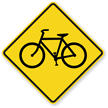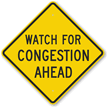Friday Five: This heat, those Olympics, and the traffic in Germany
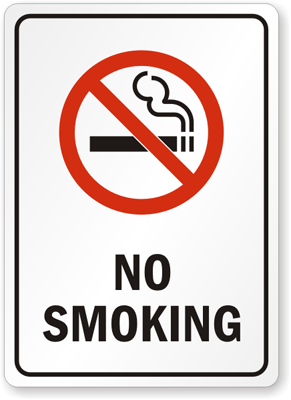
In New York this week, a smoker’s advocacy group rallied against the unregulated placement of No Smoking signage in public parks and facilities
July 6, 2012 — This week, Citizens Lobbying Against Smoker Harassment (CLASH), a smoker’s rights activist group, asked the state courts of New York in Albany to remove No Smoking signs in New York City parks. The group filed suit on the grounds that there is currently no state or city law prohibiting cigarette smoking on park grounds. The organization claims that the signage is a ruse against smokers with no legal foundation, and after having been ignored by state park officials, an official legal hearing will take place upon appeal.
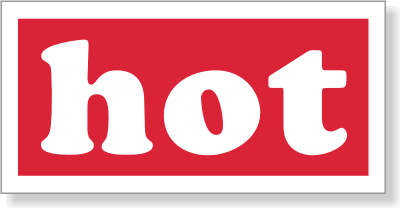
When operating in hot conditions, it’s a federally regulated obligation for employers to provide water sources for workers (via ShippingLabels.com)
The U.S. Occupational Safety and Health Administration (OSHA) opened an investigation last week after complaints from construction workers being told to bring their own water to their respective work sites. With hot weather on the rise, it’s important to stay hydrated — especially if you’re working outside. For construction companies, the issue of hydration is a governmentally-regulated safety endeavor. OSHA states that companies must provide drinking water for workers, particularly in times of oppressive heat. In a similar vein, OSHA has launched a public awareness campaign to inform workers of heat hazards leading to illness and injuries. When it comes to summer heat, keeping cool and hydrated is a federally regulated priority.
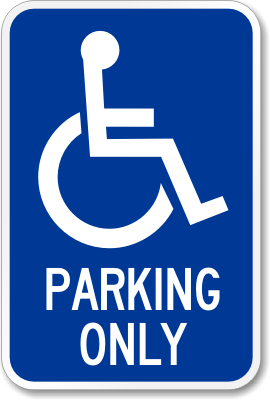
The misuse of handicapped parking placards has become a pesky issue in the Bay Area, with baseball fans borrowing the governmentally issued permits for better parking spots (via MyParkingSign.com)
People in California’s Bay Area have been inappropriately using handicapped parking placards to take advantage of disabled parking spots around AT&T Park, home of the MLB’s San Francisco Giants. Capitan Al Casciato, head of the police traffic company of San Francisco, said “You’re down by the ballpark, and it’s game time. Here come three people traipsing back in Giants regalia, and they pop in the car (with the placard) and off they go.” As in any other U.S. state, use of a handicapped placard is illegal without the accompaniment of someone registered for a legitimate disability. However, due to the difficulty of enforcing these regulations, the risks are relatively low for Bay Area spectators.
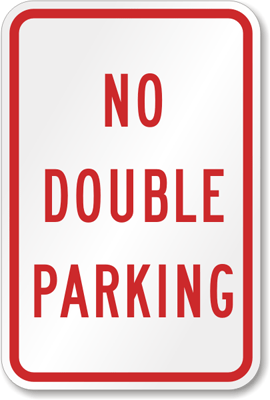
Double parking isn’t just an American issue. In Moscow, double parking became so bad that city officials raised parking fines tenfold (via MyParkingSign.com)
In Moscow, parking fines were increased by a factor of ten in an effort to reduce streets of congestion caused by illegal parking. For years throughout the Russian metropolis, illegal parking has plagued the city center. Double parking is the city’s most common parking offense, with already overcrowded street exacerbated by the proliferation of illegally parked vehicles. By increasing the fine from $9.20 to $92.00, Moscow officials hope to rid the city of its parking problem and enhance Moscow’s image as a global financial center. In a similar effort to reduce automobile traffic on already overcrowded roads, the layout of the 2012 Olympics in London will be optimized to increase bike and pedestrian traffic. Many roads throughout the city will be designated for non-auto traffic for enhanced accessibility and environmental friendliness.
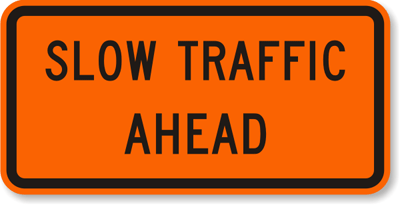
Real-time traffic signage on Massachusetts roads hope to replace more general indicators such as this Slow Traffic Ahead sign (via RoadTrafficSigns.com)
In Massachusetts, a new breed of signage along interstate 93 will feature real-time traffic information. The signs will tell the number of minutes it will take to reach a certain location, from highway exchanges to popular exits. Using current traffic conditions, the signs will be optimized to provide motorists with accurate time spans using cell phone and Bluetooth technologies, compiling data based on how long it takes motorists to travel to various locations in heavy traffic conditions. The technologically advanced signage hopes to decrease stress by giving drivers an exact indicator of just how congested are the roads ahead of them.
– S. Walsh













